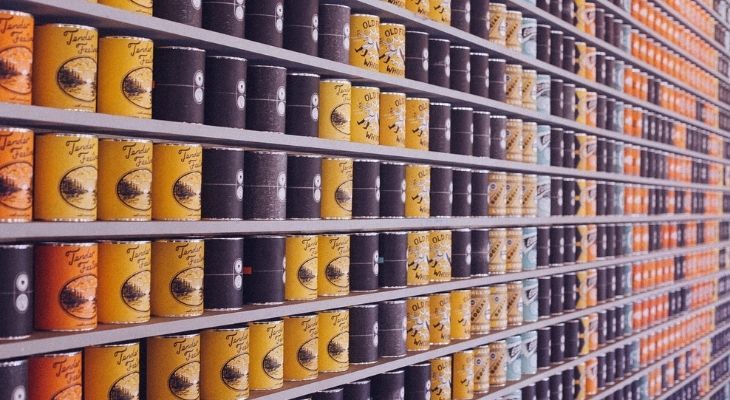Is save food packaging the answer to the food waste problem?
Food waste in Australia is now a whopping $20 billion problem for our country, with 34% (2.5 million tonnes) of food waste occurring in the household and 31% (2.3 million tonnes) in primary production.
Research by the Boston Consulting Group has also shown that the production and consumption stages of the value chain account for a large amount of the food lost or wasted. On average, findings showed 500 million tonnes of food waste lost or wasted in production, and $500 billion lost or wasted per year in consumption.
The pandemic has further triggered the problem of food waste, highlighting the fragility of our food systems. Not only have we seen increases in food loss and waste, there has been losses in perishable agricultural produce, restriction in movements hampering food transportation, a surge in job loss and a higher demand for foodbanks.
Food security has also become of growing importance during the events of the pandemic. Disruption to global supply chains in the food and packaging industry has seen businesses turn to local production supply chains, and with shoppers increasingly turning to long shelf life canned foods, we’ve seen a production bottleneck for glass.
Protection, containment and preservation has always been the main function of packaging. And with the pandemic, there has been a larger focus on packaging and it’s role in food protection and hygiene.
The role of packaging in food waste
The Australian Institute of Packaging (AIP) are a core participant of the Fight Food Waste Cooperative Research Centre, and are currently working on guidelines to help packaging technologists to design what is known as Save Food Packaging. So, what is Save Food Packaging?
Simply put, this type of package is designed to help minimise or prevent food waste from paddock to plate. The design will use innovative and intuitive design features that will contain & protect, preserve and extend shelf life of food. Further features will also include the packaging being easily opened and resealable, providing consumer convenience, as well as being able to meet global sustainable packaging targets.
AIP have outlined a number of ways that packaging can play a role in saving food with these design guidelines:
Designing to contain & protect the product from spoilage and damage through manufacturer, wasrehouse and the various stages of distribution.
When outlining this design aspect, the AIP highlight that this needs to cover primary, secondary and tertiary applications, and how it will be transported to consumers. Particular things to consider include palletisation ad stabilisation, transportation and load utilisation, human contamination and protection from shocks, temperature, infestation and chemical contamination.
Design to preserve, enhance product appeal and extend shelf life.
Considerations in regards to preservation and extending shelf life include retaining nutrition, improving barrier packaging and processing, as well as Skin, MAP, active and intelligent solutions.
Design to provide convenience to not waste food in handling.
AIP highlight the need to include design elements that aid in portion control, and ease of opening. They also suggest considerations in effective resealable design, as well as packaging designs that take into account controlled dispensing and removal of entire products.
Design to promote and communicate to consumers how to handle, store, prepare and reuse food products.
This design element focuses largely on usage and storage instructions for consumers, alongside date labelling including best before, use by and good after information. On-pack information is also highlighted in this design aspect, inclusive of providing preparation and left-over ideas for consumers.
Design to meet 2025 National Packaging & Global Sustainable Packaging Targets.
The AIP highlight the need to include a balanced approach, ensuring that the package design meets all sustainable packaging guidelines, as well as being able to meet the recyclability in its respective country.
The AIP will be rolling out the industry pilot phase of the Save Food Packaging project in the near future, which they highlight as a critical step in finalising key criteria and guidelines the industry needs.
AIP will be presenting at the AWRE Online Event Wednesday 25 November 2020 on ‘Finding the Balance Between the 2025 Packaging Targets and 2030 Food Waste Targets: From a Packaging Perspective’. Don’t miss out and register free online.
-
Subscribe to the latest industry news, insights and AWRE updates.
- Subscribe

